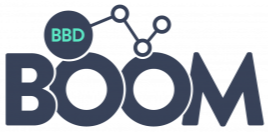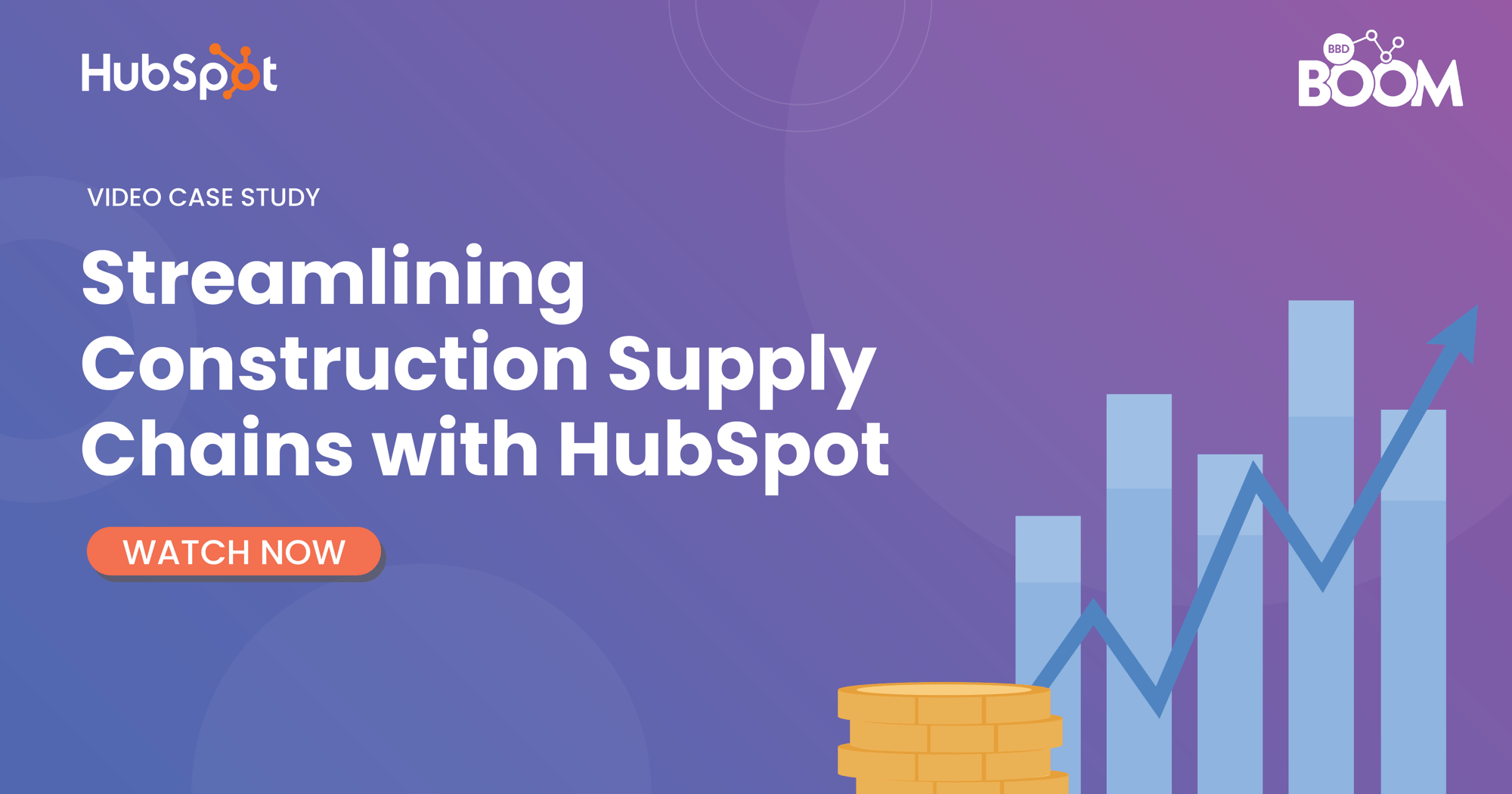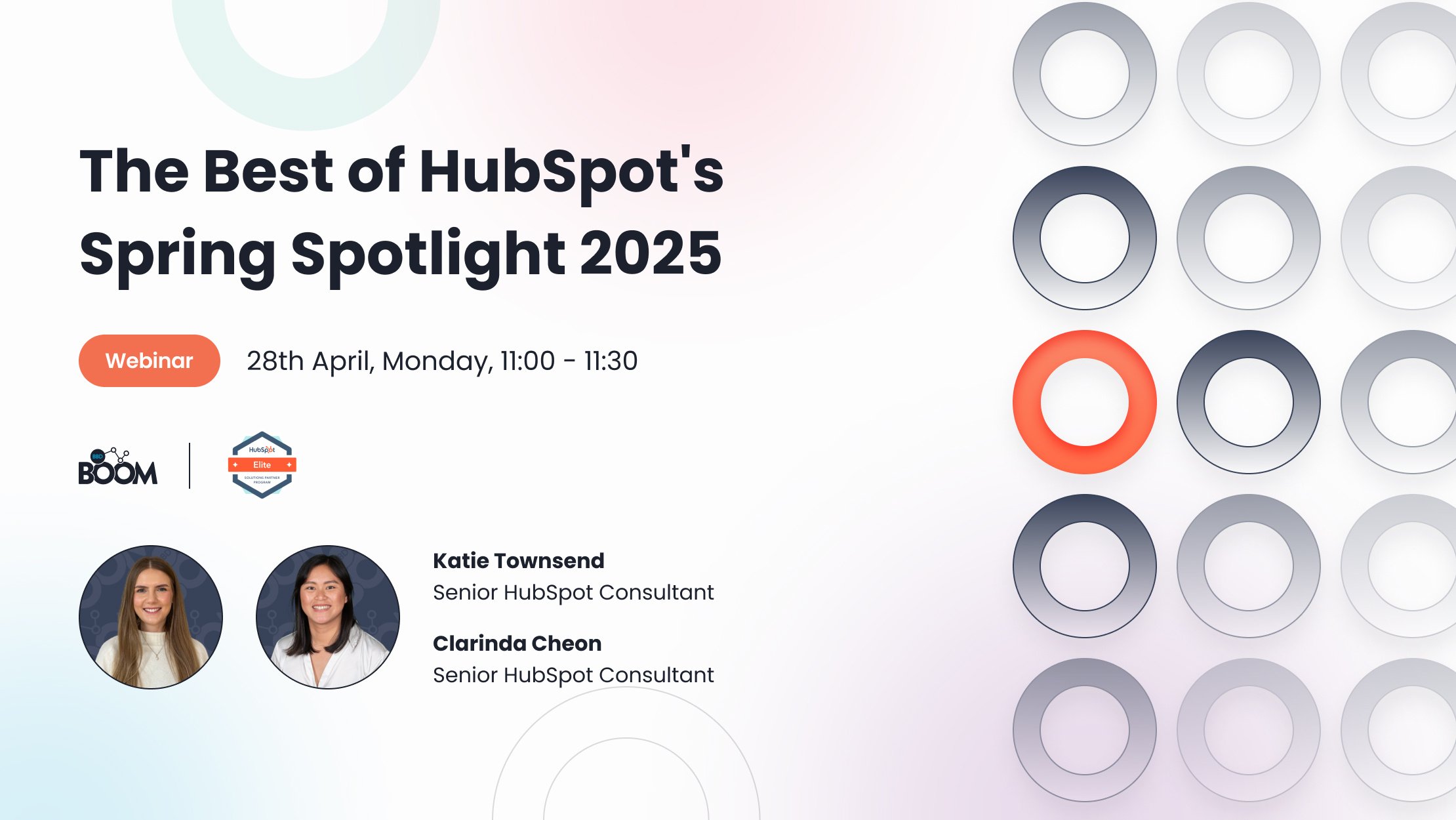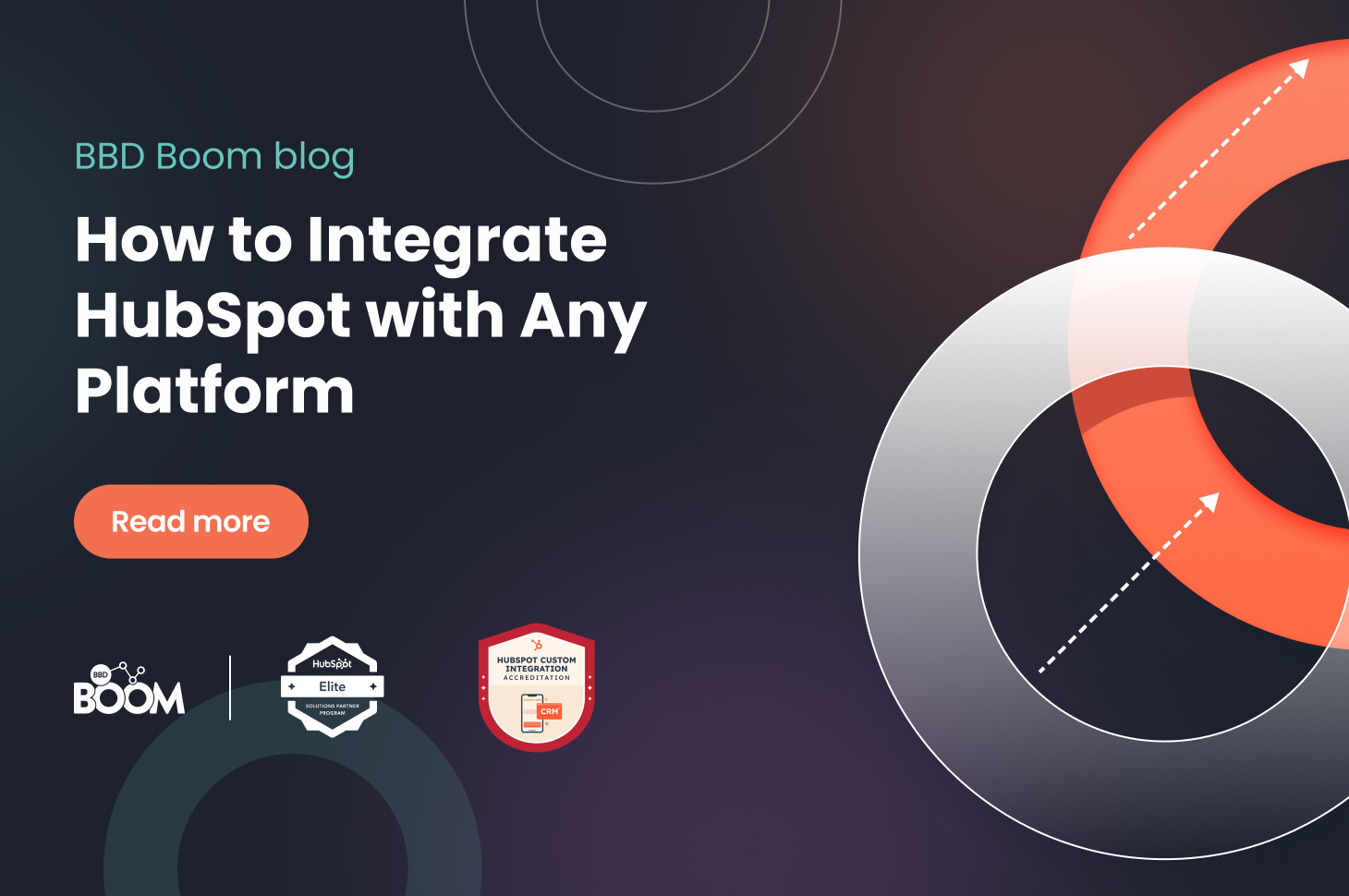So, you're using HubSpot, and now you want to integrate it with another platform - maybe your CRM, e-commerce store, or that niche tool your team swears by. But here's the thing: you’ve got two main paths to choose from - native integrations or custom integrations. Both have their own sets of pros and cons, and understanding these will help you make the best choice for your business. Let’s dive in and explore these options!
Understanding HubSpot Integrations: Native vs. Custom Solutions
When integrating your business tools with HubSpot, you generally have two primary options: native integrations and custom solutions. Each type offers distinct advantages and caters to different needs, depending on the complexity of your requirements and the tools you use.
Native integrations are built directly into HubSpot by HubSpot itself or by third-party developers who partner with HubSpot. These integrations are designed to seamlessly connect your CRM with other widely-used applications and services, such as Gmail, WordPress, Zoom, or Mailchimp. Essentially, these are pre-built solutions that you can set up with minimal effort, often with just a few clicks. These app integrations can be found in HubSpot's Marketplace.

Custom solutions involve building (or having someone build) a unique integration between HubSpot and other tools that do not have native integration options. This could involve writing custom code, using HubSpot's APIs, or working with a development partner. They are best when you have niche tools, specialised systems, or complex workflows that native integrations cannot accommodate. If you need a high degree of customisation or want to automate specific business processes that go beyond the capabilities of standard integrations, custom solutions provide the flexibility you need.

Building a Custom HubSpot Integration: What You Need to Know
Okay, so you’ve decided that a custom integration is the way to go. Awesome choice! Here’s a step-by-step of how you can build one, but be aware that it can get pretty complex and overwhelming since it can involve some coding:
Define Your Requirements:
- Start by clearly outlining what you want the integration to do. What data needs to flow between HubSpot and the other platform? What triggers should initiate these data flows? The more detailed you are at this stage, the smoother the development process will be.
Choose the Right Tools:
- HubSpot provides robust APIs that you can use to build your integration. Familiarize yourself with these APIs, especially the ones most relevant to your project (e.g., Contacts API, Deals API).
- Consider whether you’ll be using any middleware tools to facilitate the integration. Tools like Zapier or Workato can sometimes bridge the gap if you don’t want to build everything from scratch.
Develop the Integration:
- If you have a developer on your team, great! They can start coding the integration based on the requirements you’ve outlined. If not, you’ll need to hire an external developer or agency (such as BBD Boom).
- Ensure the integration is thoroughly tested before it goes live. You don’t want to encounter bugs after you’ve started relying on it for your day-to-day operations.
Launch and Monitor:
- Once your integration is live, monitor its performance closely. Make sure data is flowing correctly and that all triggers are working as expected.
- Be prepared to make adjustments as needed. Custom integrations often require tweaks after they’re launched.
HubSpot Custom Integrations Partner

If the idea of building a custom integration seems daunting, don’t worry - you don’t have to do it alone. Many businesses choose to partner with an experienced developer or agency to handle the heavy lifting. Partnering with a specialist in custom integrations can greatly enhance your system's efficiency, streamline workflows, and ensure that all your tools work together seamlessly to boost productivity and ROI.
At BBD Boom, we are proud to have earned the prestigious HubSpot Custom Integrations Accreditation, awarded to partners who have validated the skills and strategic experience required to scope, develop, and deploy complex, CRM-adjacent custom integrations to solve for unique client needs and requirements in the HubSpot CRM platform.
Learn more about how our expertise and accreditations can benefits your business here.
Case Study: Avado’s Smooth HubSpot Transition with BBD Boom
Avado, a leading provider of digital learning solutions, needed a seamless transition from Salesforce to HubSpot, necessitating the connection of HubSpot to their Learning Management System (LMS).
They required a custom integration to validate learners' email addresses between HubSpot and Azure B2C during sign-up, manage user accounts in Thought Industries, and enable seamless logins. The challenge lay in coordinating data across all three platforms which involved complex custom entities and systems that lacked native integration.
To address these challenges, a webhook-based custom integration was developed, hosted on a dedicated server for optimal performance and security. This solution enabled instant validation, streamlined account management, and a seamless user experience, ultimately ensuring that learners could easily access their courses and learning materials via a secure and efficient process. This integration not only enhanced operational efficiency but also provided a solid foundation for Avado’s digital transformation efforts.
Ready to transform your business with seamless custom integrations? Choose BBD Boom for expert solutions tailored to your needs, ensuring smooth transitions and optimal performance. Let’s connect and build the perfect integration for you!

.png)









